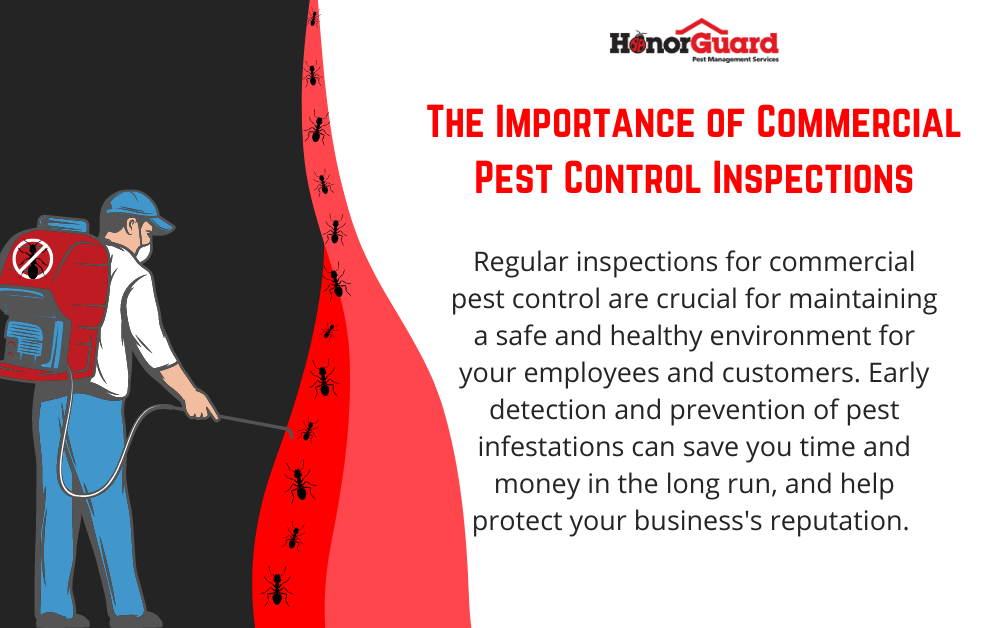The Definitive Guide for Pestwise
The Definitive Guide for Pestwise
Blog Article
Getting My Pestwise To Work
Table of ContentsThe Only Guide to PestwisePestwise - The FactsPestwise Can Be Fun For EveryoneThe Best Strategy To Use For PestwiseOur Pestwise IdeasLittle Known Questions About Pestwise.The Buzz on Pestwise

Q. Define "integrated parasite monitoring" (IPM) and checklist numerous feasible control strategies that might be utilized in an IPM strategy. A. Integrated pest administration is the integrating of proper bug control tactics into a single plan to decrease parasites and their damages to an appropriate degree. Parasite control methods may consist of: host resistance, biological control, cultural control, mechanical control, sanitation, and chemical (chemical) control.
The Definitive Guide to Pestwise
What can you do to keep the parasites you are trying to control from becoming immune to the pesticides you use? A. Parasite resistance can be decreased by utilizing integrated insect management and turning the kinds of pesticides used.
Insects are a critical danger to the farming business, and incorporated pest administration helps farmers address and minimize these dangers. Integrated bug administration utilizes numerous methods in complicated, hence being a much more efficient solution to the issue. Pest Control Services. Specifically, getting rid of aggressive chemical techniques permits decreasing harm to people and the atmosphere by utilizing all-natural and much safer alternatives rather
4 Easy Facts About Pestwise Shown
The goal of incorporated pest management is to lessen this harm and control acceptable invasion degrees instead of remove all undesirable populaces. This is why it is essential to understand what steps are warranted in each situation and usage aggressive ones just when various other incorporated administration techniques do not work. Integrated monitoring mitigates the negative repercussions of a non-IPM method, and the primary benefits of IPM Benefits of IPM.
An appropriate understanding of the invasion scope establishes if the trouble must be dealt with. are the next components of an IPM program since it is essential to recognize if the microorganisms make potential dangers and select the incorporated monitoring options or the specific pesticide usage. mean to reduce problems by using various agronomic strategies.
Some Ideas on Pestwise You Need To Know
Integrated administration choices in an IPM program start with safer to much more hostile ones. The above-mentioned integrated monitoring facets help recognize just how to intend and execute an IPM program action by action: Monitor your plants frequently.

Among others, IPM cultural methods consist of the following area administration methods: soil treatment; choice of suitable plants; plant turning; interplanting or strip chopping; choice of planting days; weed control; usage of catch plants. Positive dirt conditions speed up plant growth, and strenuous crops are a lot more resistant to problems. Healthy plants and seeds predetermine effective plant development, so it is essential to select pest-free growing material with solid roots.
Thus, to name a few applications, crop rotation can be successfully utilized as an integrated insect management technique. Pests spread slower if rows of various crop kinds divide their host plants in intercropping or strip cropping, which is also utilized in the integrated insect administration system. Alternatively, infestations raise when plants of the very same plant kind or family members grow together.
Potato beetles can damage expanding potatoes, along with tomatoes. Growing catch plants in patches is one more choice for IPM intercropping. This integrated insect administration method recommends bring in pests to particular plants and after that managing them with chemical or mechanical strategies. In particular, you can expand soybeans as catch crops for Japanese beetles.
Our Pestwise Statements
Obstacles are common examples of physical IPM approaches. Allow's take a better look at them. Removing or choosing parasites out manually is a time and labor-consuming choice that is widely applied in integrated management and organic farming. Mature pests or their eggs and larvae are accumulated by hand and destroyed.

Department of Plant Sciences. College of Missouri. Soil solarization is a reliable incorporated administration method to disinfect the field by warming it in a natural method. This integrated monitoring technique indicates an more usual means of damaging parasites by predators, parasitoids, microorganisms, and various other organic control agents (aka hostile microorganisms). The duty of organic control in IPM is to.
The Pestwise PDFs
With time, their populace turned out to be a real annoyance to farmers along with native kangaroos or dingoes. The cane toad is another instance showing incorporated organic control failure in this respect when it rejected to search the target species and ended up being a parasite itself. Parasitoids create on or within their hosts to ultimately kill them after maturing.
Report this page